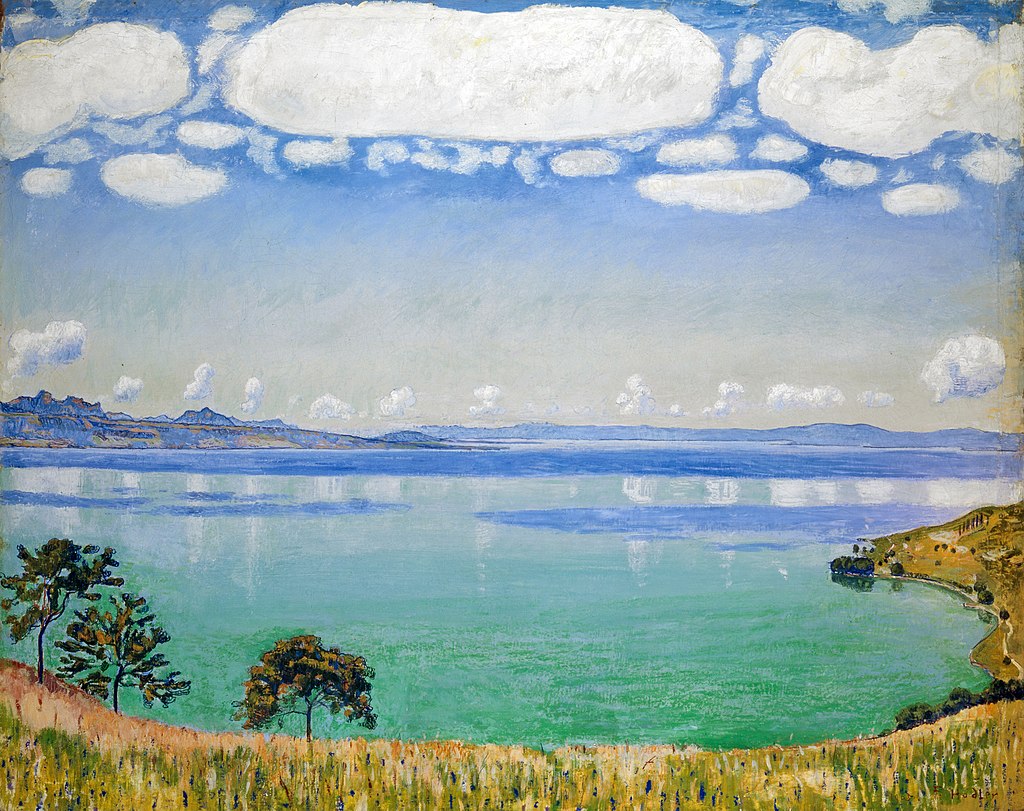You've probably already seen them when sailing, swimming, walking or on the train between Vevey and Lausanne... like patches of oil, surrounded by areas of ripples that give Lake Geneva an even more artistic dimension. This phenomenon is known as surface slicks. Over the centuries, they have piqued the curiosity of scientists and artists alike, and can be seen in some of the paintings by the Swiss artist Ferdinand Hodler (1853-1918). In 2023, Mehrshad Foroughan, a doctoral student at EPFL, was able to document this hydrodynamic phenomenon for the first time following an in-depth study carried out at the Ecological Technology Laboratory (ECOL).
With its depth of 309 metres, Lake Geneva is home to large and small eddies that are generated by episodes of wind. A strong wind can trigger the displacement of deep layers of cold water, causing them to rise to the surface. It is the combination of these two phenomena that gives rise to surface slicks. With a light breeze, it's easy to see smooth slicks alongside rougher ones, which are surface waves. Merhshad Foroughan has been able to analyse and differentiate why the smooth areas are surprisingly resistant to these waves: it's because the surface water in these areas is rich in biotensioactives. These come largely from the biological activity of phytoplankton and land-based sources.
Understanding the formation of these phenomena could improve the future of water management, particularly in the monitoring of micropollutants and microplastics.
Painting: ©️ Der Genfersee von Chexbres aus (Ferdinand Hodler, 1913) / Wikimedia
Photo: ©️ Oksana Bürki / Unsplash


